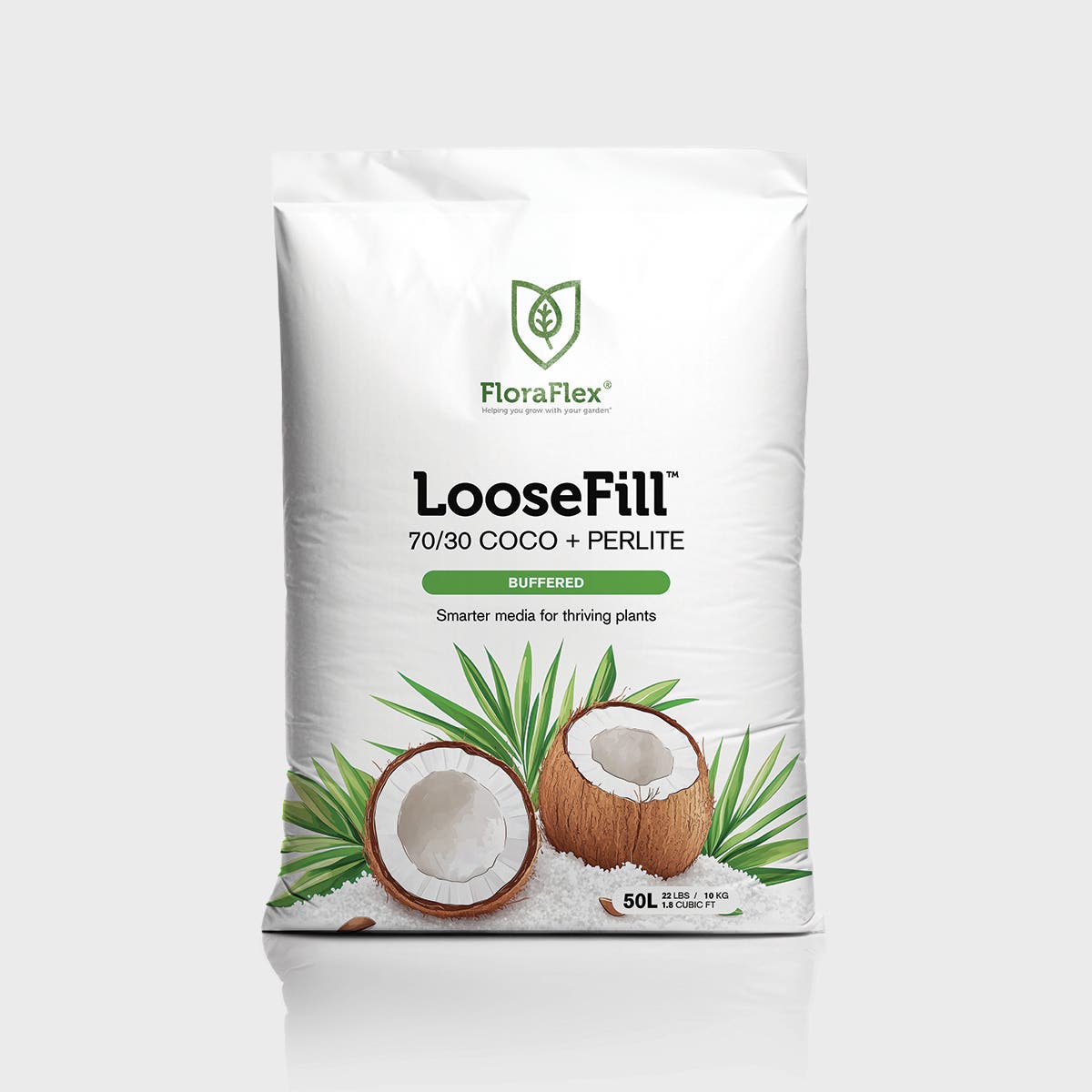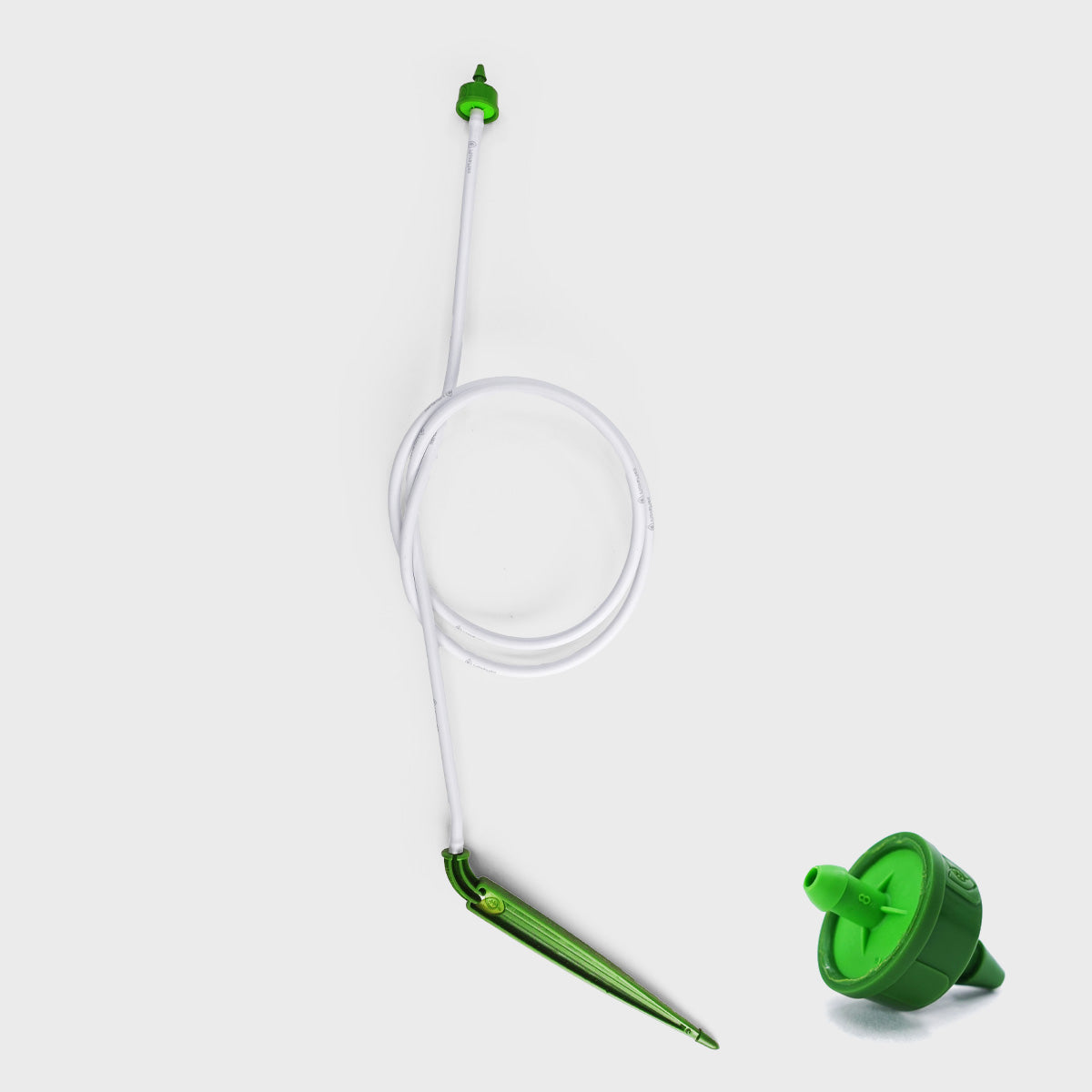Temperature Stress
Temperature stress occurs when cannabis plants are exposed to extreme temperatures outside their optimal range. High temperatures can lead to heat stress, causing wilting, leaf curling, reduced photosynthesis, and decreased yield. On the other hand, low temperatures can result in cold stress, causing stunted growth, chlorosis, and even frost damage. Maintaining proper temperature control and providing adequate insulation can help mitigate temperature stress.
Light Stress
Light stress occurs when cannabis plants are exposed to excessive or insufficient light. Excessive light, especially in the flowering stage, can cause light burn, bleaching, and reduced flower development. Insufficient light, on the other hand, can lead to stretching, weak stems, and poor bud development. Balancing the light intensity and duration, and providing the appropriate light spectrum, can help prevent light stress in cannabis plants.
Water Stress
Water stress refers to both overwatering and underwatering of cannabis plants. Overwatering can lead to root rot, oxygen deprivation, nutrient deficiencies, and reduced plant vigor. Underwatering, on the other hand, can cause wilting, nutrient imbalances, and hindered growth. Proper watering practices, including monitoring soil moisture levels and allowing for adequate drainage, are crucial to prevent water stress.
Nutrient Stress
Nutrient stress occurs when cannabis plants receive insufficient or imbalanced nutrients. Nutrient deficiencies, such as nitrogen, phosphorus, or potassium deficiencies, can result in stunted growth, yellowing leaves, and reduced bud development. Nutrient toxicities can lead to nutrient lockout, nutrient imbalances, and toxicity symptoms. Maintaining a balanced nutrient regimen and regularly monitoring plant health are essential to prevent nutrient stress.
Environmental Stressors
Apart from temperature, light, water, and nutrient stress, cannabis plants can be affected by other environmental stressors:
-
Pests and Diseases: Infestations of pests, such as spider mites or aphids, and diseases like powdery mildew or bud rot, can severely damage cannabis plants. Implementing preventive measures, such as regular inspections, proper sanitation, and integrated pest management strategies, can help minimize pest and disease stress.
-
Air Pollution: Exposure to air pollutants, such as ozone or smog, can result in leaf damage, reduced photosynthesis, and overall plant decline. Selecting cultivation sites away from heavily polluted areas and providing proper ventilation can help mitigate air pollution stress.
-
Humidity Variations: Fluctuations in humidity levels can lead to moisture stress, affecting transpiration rates, nutrient uptake, and overall plant health. Maintaining consistent humidity levels through proper ventilation, dehumidification, or humidification techniques is crucial to prevent humidity stress.
-
Physical Damage: Physical damage, such as broken branches or trampling, can create wounds that make plants more susceptible to infections and stress. Taking precautions to prevent physical damage and promptly addressing any injuries can help minimize the negative impact.
Environmental stressors pose significant challenges to cannabis cultivation, impacting plant growth, yield, and overall quality. By understanding the effects of temperature, light, water, nutrient stress, as well as other environmental stressors, cultivators can implement preventive measures to mitigate their impact. Maintaining optimal growing conditions, implementing integrated pest management strategies, and regularly monitoring plant health are essential for cultivating healthy and resilient cannabis plants, maximizing yields, and ensuring successful harvests.








